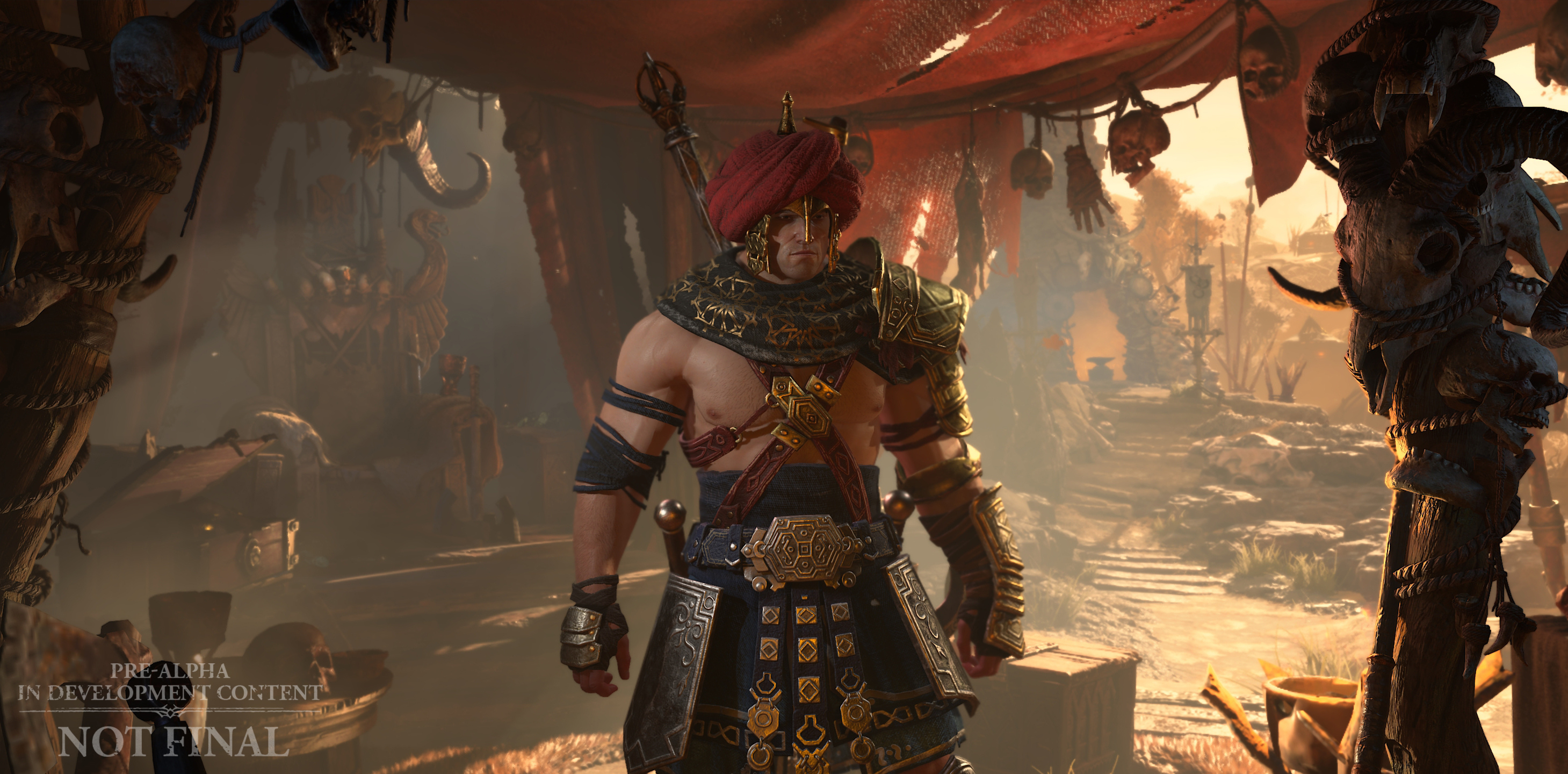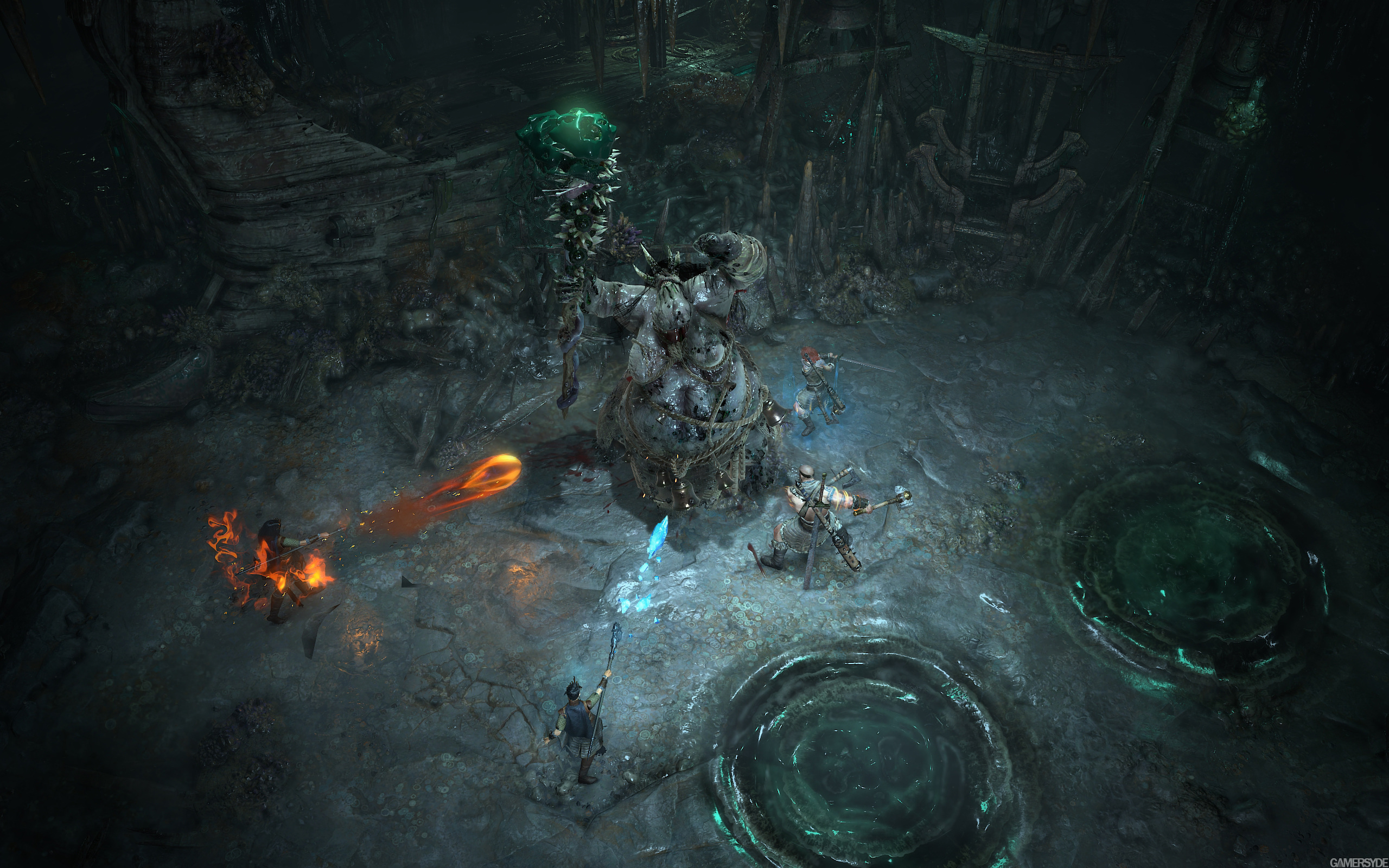

“Certainly, there are a lot of things about Diablo II that we think are really cool and need to be in Diablo IV, particularly when you look at the depth of systems and itemization… and, as you noted, there are things about Diablo III like the smooth and seamless combat that we wanted to bring forward to Diablo IV,” game director Joe Shely tells me during a roundtable interview. That might not seem like much, but it’s refreshing when you consider Diablo III’s original lead designer called his Diablo II predecessor a “loser.” It feels like a game that was designed by people who love the history of this franchise as much as I do. Looking back at my time with Diablo III and, more recently, Diablo Immortal, what stands out is that those games rarely, if ever, slow down to take a breath.ĭiablo IV feels different. The game doesn’t have much dialogue by modern standards, but if you pay attention, it says a lot with very little. Whenever I went back over the years to revisit the action RPG on my own, I would listen to everything the non-playable characters had to say. They remind me of some of my favorite moments playing Diablo II. Nearby, a man tells his adopted son not to venture outside the town’s walls. She tells his gravestone how she can’t sleep now that no one is snoring at night. Despite the town’s desperate state, there are signs of warmth and humanity everywhere.īy the south entrance, I find a woman praying for her deceased husband. A short while later, I find a small village worn down by constant snowfall and all the monsters and bandits that lurk outside its palisade walls. The discovery adds a quest to my journal to visit nearby Margrave.


About three hours into my preview of Diablo IV, I stumble upon the body of a dead priest.


 0 kommentar(er)
0 kommentar(er)
